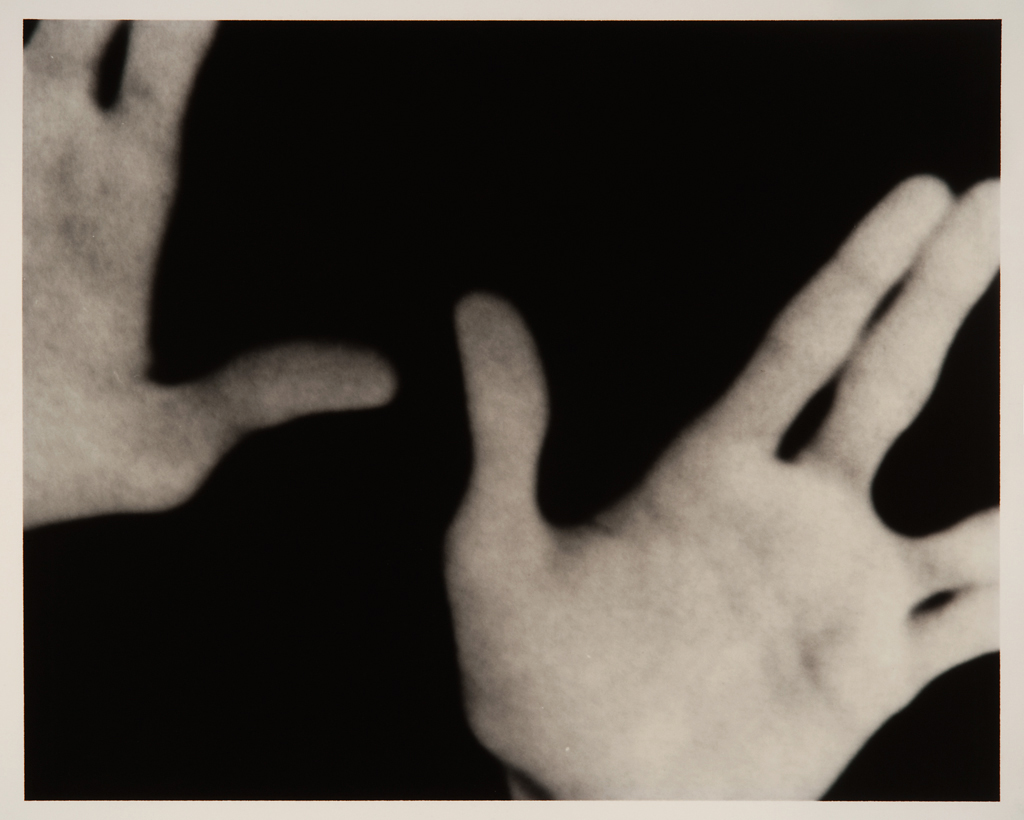— for those crafting their own prayerbooks and sharing the content of their practice
⤷ You are here:
🖖︎ Prayers & Praxes —⟶ 🌞︎ Prayers for the Sun, Weekdays, Shabbat, and Season —⟶ Everyday —⟶ Daytime —⟶ Birkat Kohanim 🡄 (Previous category) :: 📁 Modim d'Rabbanan 📁 🤦︎ Taḥanun (Nefilat Apayim) :: (Next Category) 🡆 Sorted Chronologically (old to new). Sort most recent first? Gebet während des Priestersegens (Ribbaunau schel aulom) | Prayer during the priestly blessing, by Lise Tarlau (1907)This paraliturgical prayer-poem, “Gebet während des Priestersegens (Ribbaunau schel aulom)” by Lise Tarlau, can be found in Rabbi Max Grunwald’s anthology of Jewish women’s prayer, Beruria: Gebet- und Andachtsbuch für jüdische Frauen und Mädchen (1907), pages 318-319. . . . Categories: Birkat Kohanim The earliest artifacts recording Jewish liturgy (or for that matter any Hebrew formulation found in the Torah) are two small silver amulets, discovered in 1979 by Israeli archaeologist Gabriel Barkay. He discovered the amulets in a burial chamber while excavating in Ketef Hinnom, a section of the Hinnom Valley south of Jerusalem’s Old City. The inscriptions on these amulets conclude with parts of the Birkat Kohanim (Priestly Blessing), the three-part blessing in which the Kohanim are instructed to bless the people of Israel in Numbers 6:22-27. The script in the amulets dates them approximately to the reign of King Yoshiyahu (late 7th or early 6th century BCE) predating the Nash papyrus, and the earliest of the Dead Sea Scrolls by four centuries. . . . Categories: Birkat Kohanim Dukhening in a Musaf Amidah after a Heykhe Qedushah: a version of the concluding three blessings for Kohanim, by Isaac Gantwerk MayerThis text is a version of the concluding three blessings (Avodah, Hoda’ah, and Shalom) for kohanim to use during the silent Amidah of a festival Musaf where dukhening is, for one reason or another, impossible. . . . Categories: Birkat Kohanim
Stable Link:
https://opensiddur.org/index.php?cat=1655
Associated Image: (This image is set to automatically show as the "featured image" in shared links on social media.)
Terms of Use:
Be a mentsch (a conscientious, considerate person) and adhere to the following guidelines:
Additional Notes:
Support this work:
The Open Siddur Project is a volunteer-driven, non-profit, non-commercial, non-denominational, non-prescriptive, gratis & libre Open Access archive of contemplative praxes, liturgical readings, and Jewish prayer literature (historic and contemporary, familiar and obscure) composed in every era, region, and language Jews have ever prayed. Our goal is to provide a platform for sharing open-source resources, tools, and content for individuals and communities crafting their own prayerbook (siddur). Through this we hope to empower personal autonomy, preserve customs, and foster creativity in religious culture.
ויהי נעם אדני אלהינו עלינו ומעשה ידינו כוננה עלינו ומעשה ידינו כוננהו "May the pleasantness of אדֹני our elo’ah be upon us; may our handiwork be established for us — our handiwork, may it be established." –Psalms 90:17
| ||
| Sign up for a summary of new resources shared by contributors each week
  |

